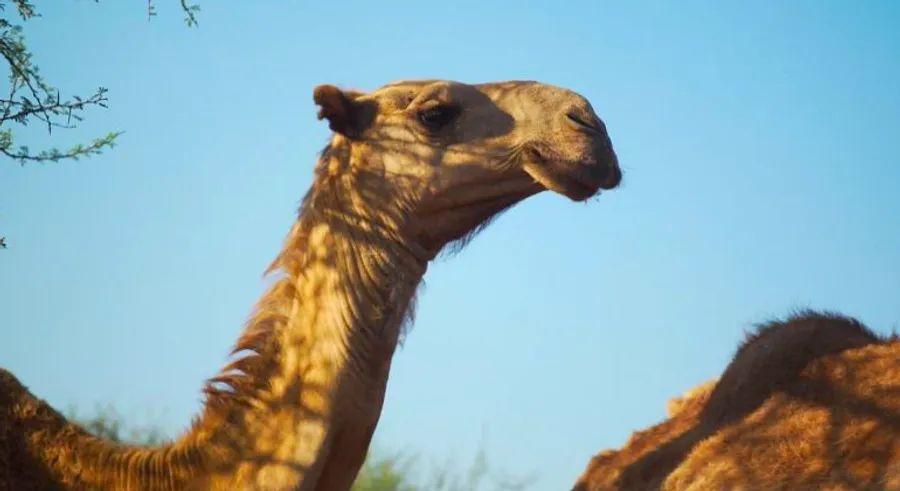In Kenya, your next coffee might just be a ‘camel-ccino’

While tea remains Kenya's top export, a new beverage is taking central Nairobi by storm: cappuccinos made with camel’s milk.
At CJ’s Restaurant in downtown Nairobi, manager Omar Shariff has observed a change. What once was a drink primarily popular among the local Somali community is now attracting a growing number of customers who are eager to try it.
Today, his menu boasts options like ‘camel-ccinos’ and ‘camelattes,’ with future plans to expand into camel-based products beyond drinks, such as camel burgers.
Although camel milk is widely consumed in regions like the Middle East, parts of Asia, and Australia, its appeal in East Africa has traditionally been limited to rural communities. However, its popularity is now on the rise, both regionally and globally, with some calling it 'white gold' due to its high price.
Harnessing a plentiful resource
Africa is home to 80% of the world’s camels, with roughly 60% found in East Africa. In Kenya alone, over four million camels roam the pastoral regions, a number that has grown fourfold since 1999, according to the Kenya Camel Association.
Although camel milk has long been a daily necessity for some in the region, it still lacks a structured and widespread distribution system. Instead, it is most commonly sold in informal markets across the country.
For one of East Africa’s leading camel milk producers, White Gold Camel Milk, the potential for expansion is clear. The company produces 500 liters of milk per day, with CEO Jama Warsame noting that rising local demand has prompted them to branch out into other products such as flavored camel milk and yogurt.
The allure of innovation
As eastern Africa faces increasingly prolonged and severe droughts, camels have emerged as a climate-resilient source of food.
According to Kenya’s National Drought Management Authority (NDMA), residents across 23 counties are experiencing dwindling food supplies due to drought and will require aid within the next six months. Unlike cattle and sheep, camels can travel up to 100 miles without water and withstand extreme temperatures exceeding 120°F. As Hewett points out, “Camels offer a safeguard during dry spells, as they continue to produce milk even when traditional livestock falters.”

In addition to climate resilience, Shariff notes that an increasing number of health-conscious customers are driving restaurants like CJ’s to include camel milk on their menus.
“We’ve had everyone from gym instructors to health nutritionists sharing fascinating insights about the benefits of camel milk,” he says.
According to the UN Food and Agriculture Organization, camel milk contains three times more vitamin C than cow’s milk. Ongoing research has also suggested that the milk may help lower cholesterol levels and improve digestive health.
Overcoming obstacles
While there are significant growth opportunities for camel milk, several challenges remain in its widespread adoption in Kenya. Poor infrastructure, limited road access, and a lack of cold storage facilities hinder large-scale production and distribution.

“The regions where most ranchers are based face harsh conditions. We need to invest in refrigerated trucks and create collection centers,” says Warsame.
For an industry rooted in small family-run farms, expanding to meet the demands of international markets comes with its own set of challenges.
“It’s difficult to meet international standards for disease management and control with so many smallholder-produced milk markets,” explains Hewett.

1

2

3

4

5
Evaluation :
5/5